13 Top KPIs For Training You Need for Employee Development
Explore 13 top KPIs for training and development that help organizations measure training success, track employee growth, and prove business impact.
Explore 13 top KPIs for training and development that help organizations measure training success, track employee growth, and prove business impact.

Training only has value if it delivers measurable impact. Organizations invest time, money, and energy into developing people, yet many leaders still wonder how to judge if those efforts are paying off.
Key performance indicators (KPIs) are the key to showing your board of directors and other stakeholders how well the training and development are going in your workplace. KPIs measure employee interest, engagement, retention, and application of the acquired knowledge in real-life scenarios.
With the right KPIs, leadership can distinguish effective programs from wasted resources and make informed decisions about where to focus. Our article discusses the top KPIs for training and development so you can evaluate programs with confidence and direction.
Learning and development have shifted from a side benefit to a central business priority. More than 90% of L&D leaders agree that effective training directly supports employee retention, and LinkedIn data shows that companies with strong career development programs see higher mobility and faster skills growth.
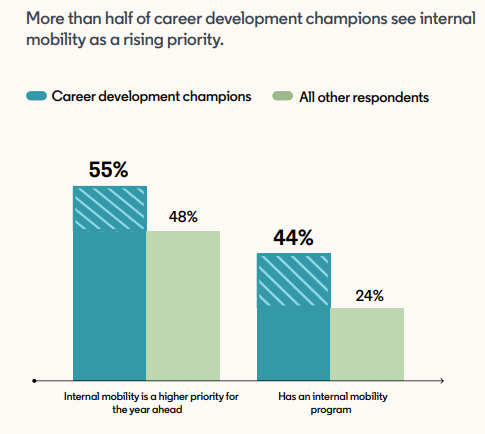
However, many organizations still don’t know if their initiatives are producing similar results. Without measurement, training programs risk drifting without purpose.
Companies may pour resources into initiatives that fail to strengthen employees or address skills gaps. On the other hand, when you track KPIs, leaders gain real evidence of what works, and employees see development that supports their ambitions. As for the organizations, they can connect learning directly to measurable business outcomes.
When you track the right KPIs, you turn training from a hopeful investment into a measurable driver of performance. Not every metric matters equally, but a focused set of KPIs can show how employees engage with learning and deliver impact across the organization.
ALT TEXT FOR IMAGE BELOW: Top Training KPIs
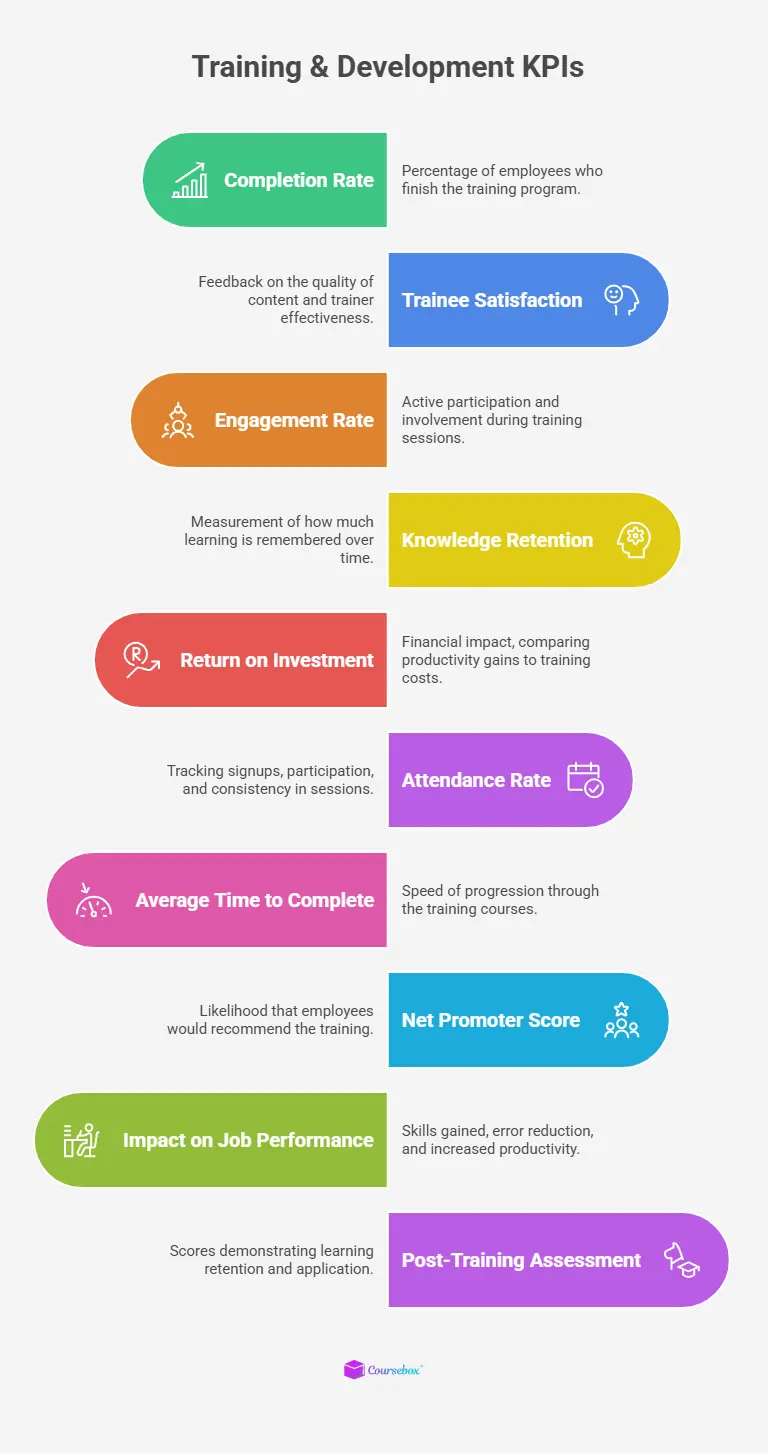
Let's take a look at the top KPIs for training and development that any organization should have:
One of the most important KPIs to measure is the number of employees who have successfully completed the training or course. A high completion rate indicates that your program's content was engaging and resonated with the employees or the problems they face on the job day in and day out.
Likewise, a low completion rate indicates that the training program needs improvement. This means you must make it more relevant and engaging for the employees. You can do this by using gamification techniques for corporate learning or adding interactive features, like role plays and scenario-based learning, to your courses.
Are the people you are training enjoying the training? Employee satisfaction is the baseline for employee performance and productivity. While many may not think it's an important metric, not considering employee satisfaction can lead to disastrous results in the training program.
High satisfaction often signals that employees find the training relevant and well-structured. When participants feel their time is being respected and the material connects to their day-to-day work, they are more likely to stay invested in the program.
On the other hand, dissatisfaction can point to deeper issues such as poor delivery methods, outdated content, or a mismatch between the training and actual job needs. The satisfaction rate acts as the first indicator of training effectiveness. Without it, retention and application of knowledge are unlikely to follow.
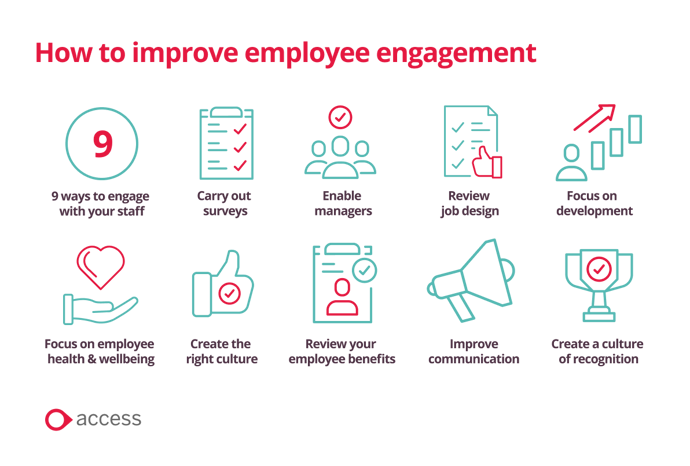
The engagement rate determines the quality of employee participation. While employees may be participating, many may be doing it only as part of their job.
Hence, you must check if they are happy about it and actively involved in different activities or interactions with other instructors or colleagues. If you notice a low engagement rate, here are some strategies to tackle the issue:
The knowledge retention rate measures how well participants remember key concepts over time and how effectively they can apply those ideas when tested. A strong retention rate signals that the training is sticking and has real potential to influence performance.
Organizations often check retention through quizzes, follow-up assessments, and practical exercises that mirror real work situations. These methods show whether the training moved beyond short-term memorization into lasting understanding.
For example, you can use Coursebox’s AI Quiz Generator to create engaging assessments in minutes. These quizzes can be dispersed throughout the course, such as after every module, to check retention frequently.

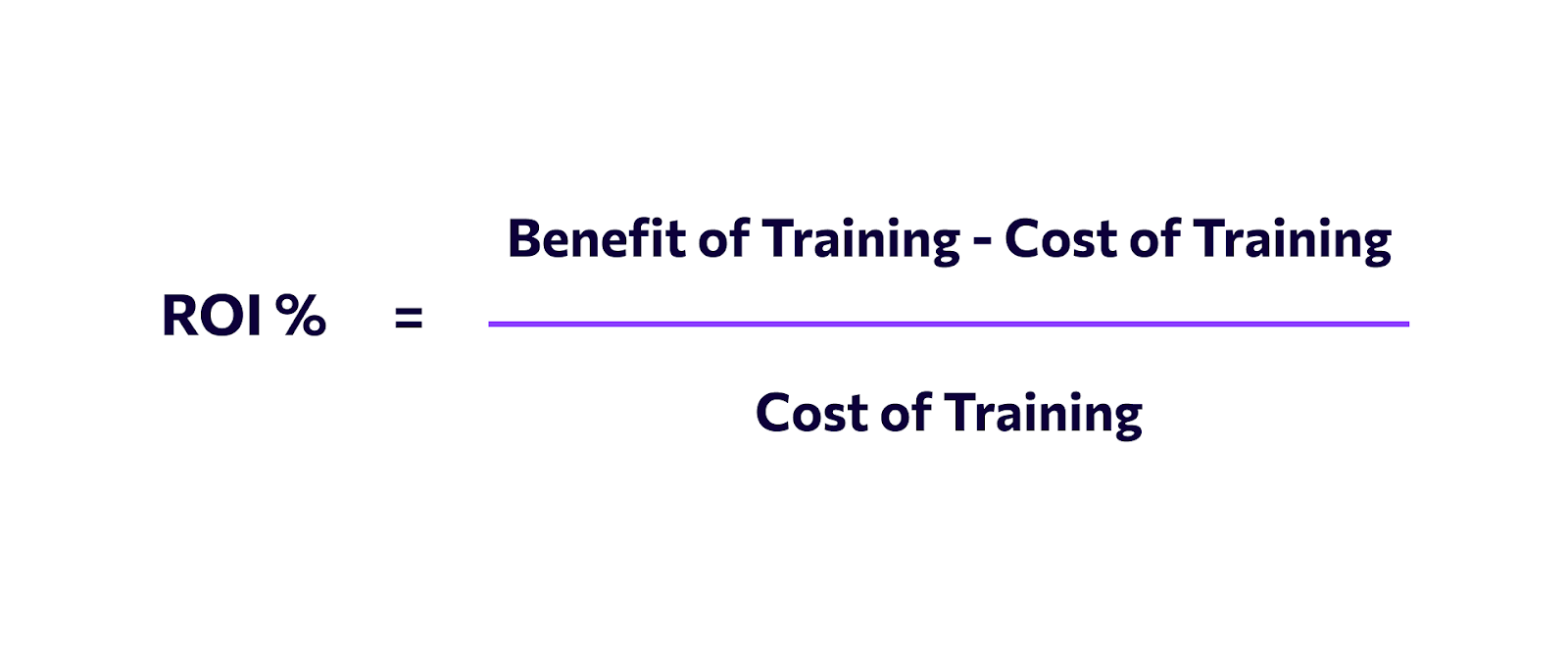
ROI measures the financial impact of training. It compares the cost of training with its benefits, such as whether the invested amount resulted in increased productivity, minimized errors, employee retention rate, etc. In other words, the ROI will indicate whether the training program is financially viable for the organization.
To measure ROI, you have to first establish a clear baseline. Before launching a program, track metrics such as error rates, project turnaround times, and employee turnover or employee retention.
After training, measure the same indicators to see what has changed. The improvement, when compared to the original cost of designing and delivering the program, forms the basis of the ROI calculation.
Surveys, performance reviews, and business metrics can all be combined to give a fuller picture. For example, if a sales training initiative leads to a measurable increase in closed deals or higher average order value, the financial return becomes clear.
Although attendance is already recorded in any training program or course, it is one of the KPIs for training that indicates performance.
It is essential to understand whether the employees are completing their training or course, especially when the training program spans multiple sessions.
Attendance rate can be measured by:
Technology can play an important role in improving these numbers. An AI-powered learning management system (LMS) can personalize training paths to make the content more relevant to each participant and encourage consistent attendance.
Another effective approach is to align training sessions with employees’ career goals. When people see how the program connects directly to their growth, they are more likely to stay engaged from start to finish.
The average time to complete the course or training program measures how quickly the employees progress through the different training phases.
It differs from the course completion rate in that it doesn't measure the efficiency of the training program but gauges employee self-learning.
If the employees take longer, it indicates that the course is not meeting their expectations or is too long, boring, or irrelevant to their requirements. To address this, organizations can shorten modules into digestible segments and introduce interactive elements that keep learners engaged. Plus, gather feedback after each phase and use it to refine the training so it feels relevant.
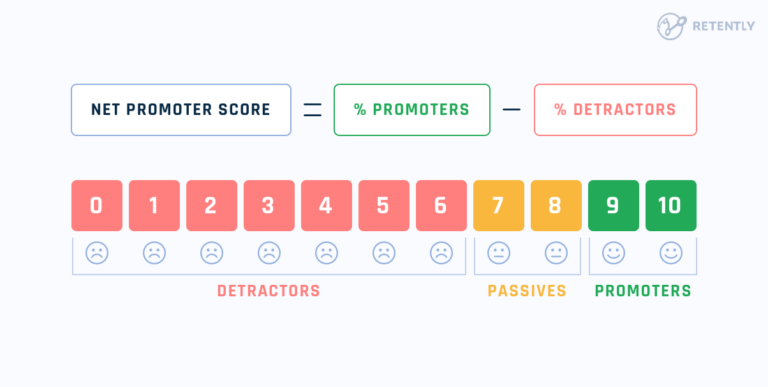
Net Promoter Score is usually used to measure customer loyalty and satisfaction, but in training and development, NPS measures the chances that the employee will recommend the organization's training programs to others.
Employees are generally asked to rate their intention of recommending the training program on a scale of 0 to 10. Higher scores show that employees view the organization's training program as meaningful, worth recommending, and value-added.
When scores are low, the message is just as important. It may indicate that employees view the training as irrelevant or disconnected from their roles. In such cases, you may need to revisit content, delivery style, format, learning paths, or alignment with employee goals.
Manager feedback scores provide an external perspective on training effectiveness by evaluating how well employees apply new skills in their roles. Since managers are positioned to observe changes in productivity, they can identify areas where training has improved workplace performance and where gaps remain. Manager-conducted performance reviews may be qualitative, quantitative, or a blend of both.
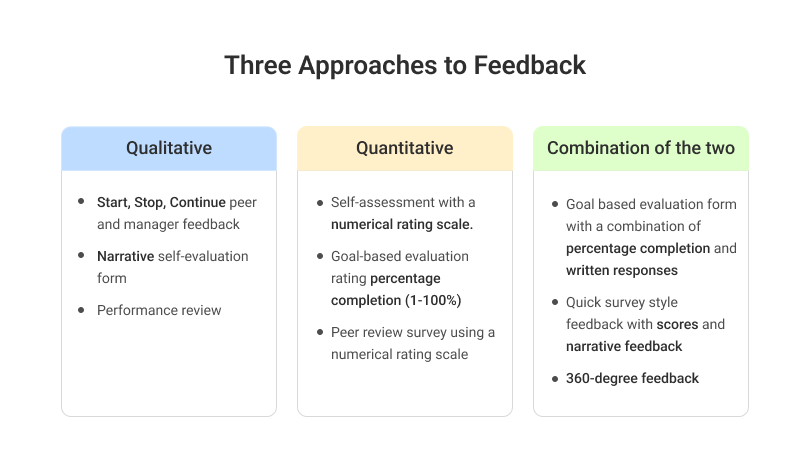
Consistently high scores suggest the training aligns with organizational goals, while lower scores highlight a need for refinement. You can further combine these scores with employee self-assessments and eLearning feedback surveys to get a balanced view of progress.
How well does training score in an employee's day-to-day work life?
Here, you can check the
Promotion and career progression rates show how effectively training contributes to employees’ long-term growth within the organization. When individuals who complete training are promoted or move into roles with greater responsibility, it shows that the program is equipping them with relevant skills.
In a SurveyMonkey survey, 59% of employees said that training improves their job performance, while 33% reported it being a factor in getting a pay raise. On the contrary, low progression rates suggest a disconnect between training content and organizational needs.
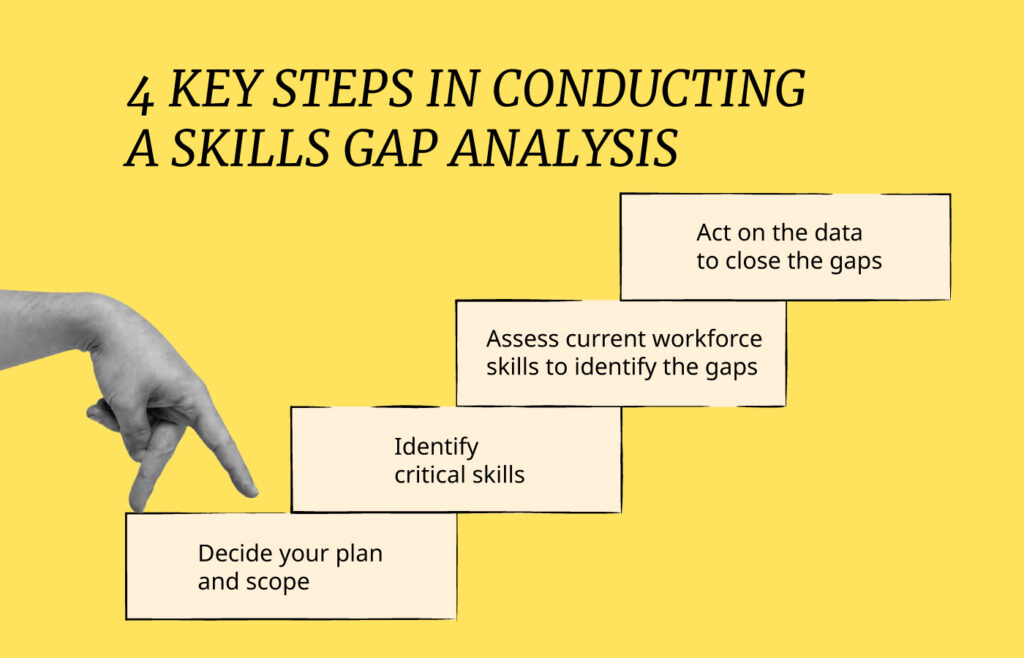
Skills gap analysis reveals how well training addresses the actual needs of the workforce. You compare the skills employees have honed as a result of the training with those required for their roles to see where training is closing gaps and where weaknesses remain.
Strong results indicate that programs are building the right capabilities, while gaps that persist point to misalignment or outdated content. Pair analysis with ongoing employee feedback to keep learning directly connected to become a skills-based organization.
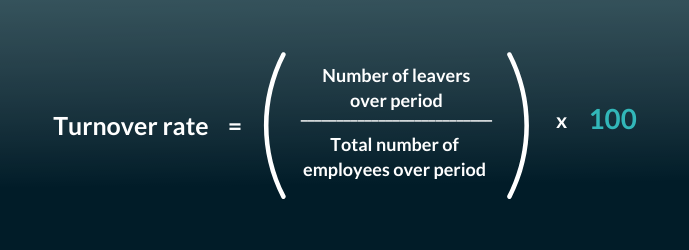
Employee turnover rate is a powerful indicator of how well training supports retention. When employees feel they are learning, growing, and developing relevant skills, they are more likely to remain with the organization.
Conversely, a lack of meaningful development opportunities often drives people to look elsewhere. You can measure this metric to determine if your learning programs are contributing to a more stable workforce where employee expectations are met.
The top KPIs for training and development we’ve discussed help you measure impact with confidence, from knowledge retention to promotion rates. When tracked consistently, these indicators reveal where programs are delivering value and where adjustments are needed.
If you notice a need for improvement, an AI-powered platform like Coursebox could just be the missing piece in your learning program. With features like assessment and quiz generation, mobile access, certifications, automated grading, interactive features, and in-platform chatbot assistance, Coursebox keeps training scalable and engaging.
More importantly, you must create a learning environment where employees build skills that matter. That’s exactly how you’ll stay afloat in a world of skill shortages and heightened competition.
Training KPIs focus specifically on learning outcomes, such as retention, completion, and progression. Business KPIs measure broader performance goals like revenue growth or market share.
Ideally, KPIs should be reviewed after each training cycle and at regular intervals, such as quarterly or annually. Regular reviews keep insights current and value-driven.
KPIs can measure improvements in teamwork, communication, and leadership. Surveys, manager feedback, and peer evaluations are useful for tracking these outcomes since they may not always be evident in numerical performance data.
Tools like Coursebox make it easier to track retention, course completion, attendance, and engagement by automating assessments and reports. They reduce manual effort while giving leaders real-time insights into program performance.
Poor KPI outcomes highlight weaknesses in training design or delivery, and offer instructional designers the chance to refine content, adjust learning methods, or introduce new tools to improve effectiveness.
AI-powered platforms such as Coursebox streamline evaluation by generating quizzes, providing instant grading, allowing feedback provision, and personalizing content. These features strengthen and automate KPI tracking for L&D programs.
Get started for free today.
